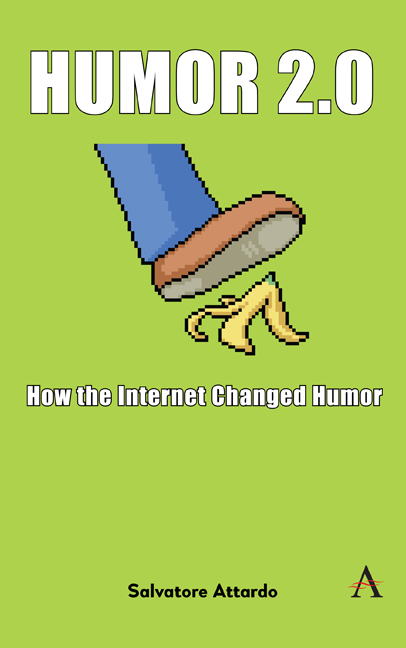23 - 4Chan, Trolls and Lulz: Fascists at Play
Published online by Cambridge University Press: 28 February 2024
Summary
What is 4chan (Figure 23.1)? As the website helpfully informs us, it is an “image-based bulletin board where anyone can post comments and share images. There are boards dedicated to a variety of topics.” Topics include anime and manga, video games, sports, origami, do it yourself, advice, food and cooking, and of course pornography. It should be noted that this is the original 4chan .or g; a new, “safe for work” version can be found at 4channel .or g; the latter does not have the NSFW (not safe for work) boards indicated in red. So, why is it widely considered to be one of the principal gathering spaces of trolls and hackers, the source of many extremely popular memes, the birthplace of Anonymous and one of the bases of the alt-right? It all comes down to the fact that 4chan allows anonymous posting. In fact, most posts are credited to “Anonymous.” This also explains why the hackivist collective was also called Anonymous.
4chan was started in 2003 by a Christopher “moot” Poole, who was part of the endearingly named “Anime Death Tentacle Rape Whorehouse” a part of the “Something Awful” forums. The details are essentially irrelevant. Poole stepped down in 2015 as part of the backlash on the “Gamergate” controversy, and it was announced that Hiroyuki Nishimura had purchased the website. (Wikipedia:https://en.wikipedia.org/wiki/4chan)
As we mentioned, 4chan is known for being the gathering place of the alt-right. Obviously, this is unrelated to origami enthusiasts. The board known as /pol/(short for “Politically Incorrect”) is your go-to place if you are looking for racist, misogynist or openly fascist images and discussions. When I visited to check out that the place was as bad as reported, I found within seconds memes openly praising Hitler, racist posts freely using the N-word, bestiality, attacks on Freemasonry, anti-Covid vaccine propaganda and of course anti-semitic conspiracy theories. Figure 23.2 shows the first page of /pol/.
In this chapter we will consider 4chan as the historical epicenter of some of the phenomena of the most fringe and radical alt-right but also as the cultural background in which a general attitude of aggressive behavior/humor has emerged, known as trolling. From a strict humor-centric standpoint, there is nothing new here. Aggressive, ridiculing and derisive humor has been used to build in-group solidarity and conversely to “other” an out-group since the earliest records of humor.
- Type
- Chapter
- Information
- Humor 2.0How the Internet Changed Humor, pp. 225 - 238Publisher: Anthem PressPrint publication year: 2023



